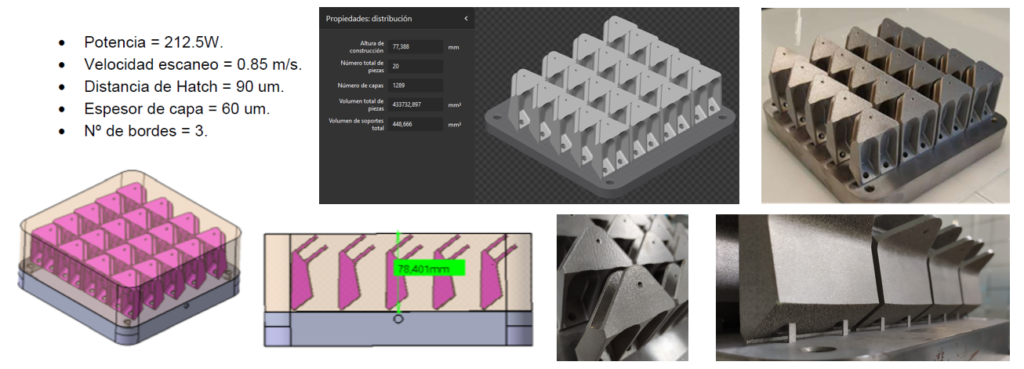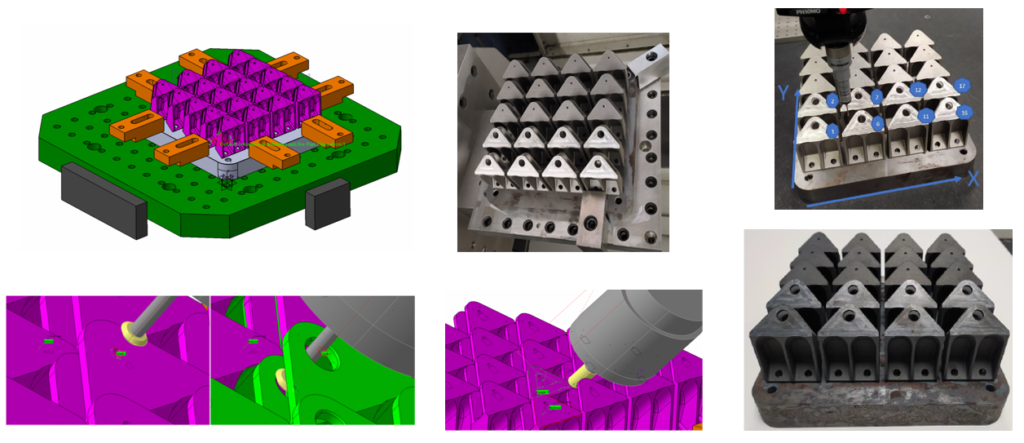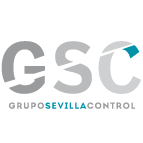
GSC has completed the R&D project GREENFA 4.0 “Generation and maturation of additive metal technologies ( SLM & LMD-w) for critical aeronautical engine components”. This project, financed by CDTI (Centro para el Desarrollo Tecnológico Industrial) and has been carried out in collaboration with INDAERO GRUPO EMERGY , Tratercom and the technological center Eurecat.
The aim of the GREENFA 4.0 project is the development of two different additive metal manufacturing technologies (SLM & LMD-w) with the objective of analyse the advantages that these disruptive technologies could introduce in the aeronautical field.
The first milestone was to define the specifications, geometry and material that best suited to these additive processes, making a trade-off between aircraft components manufactured by additive technologies or applying the traditional machining process.
In order to know the real mechanical properties and microstructure obtained with SLM and LMD-w, for that, 60 test tubes of Inconel 718 have been manufactured and tested.


Once tested, the manufacturing and post-processing parameters to achieve the best properties, the consortium has chosen the geometries to manufacture in the next milestone keeping in mind all the previous information, have been selected to different parts:
One of these components is an aeronautical element that nowadays GRUPO SEVILLA CONTROL manufacture by machining. Inconel 718 is a nickel-based superalloy extensively used in aerospace industries for its excellent physical, mechanical and chemical properties. Poor thermal conductivity, high toughness and strong work-hardening tendency of this alloy adversely affect its machinability.

After that , GRUPO SEVILLA CONTROL has postprocessed ( heat treatment & machining) these element with the aim of achieve similar mechanical properties and geometric tolerances than the part manufactured by machining:

Related with the second demonstrator, the consortium has selected a geometry that take advantages of all the qualities and improvements that additive technologies can bring (reduction of waste material , cost and manufacturing time).

Finally , with the collaboration of Eurecat , we study the influence of diverse manufacturing parameters ( laye height , orientation , geometry) and post-processes ( Thermal treatment and CNC machining ) on the mechanical properties of the element through destructive and non- destructive tests.



